Perhaps you’ve noticed that Dutch people like love the colour orange. Yes, the love of orange is alive and kicking in the Netherlands. You can even eat orange sprinkles on your toast! But why orange, you ask? Isn’t the Dutch flag red, white and blue? Well, truth be told, the original colours of the Dutch flag were in fact, orange, white and blue. I’ll tell you why: Once upon a time there was a young boy called Willem van Oranje who was born into nobility in 1533. Willem became the Prince of Orange in 1544 and lead the Dutch revolt against the Spanish, resulting in the formal independence of the United Provinces in 1648.
Dutch People just love orange!
Okay, okay, this is starting to feel like a history lesson… I’ll get to the good stuff . This Willem character was influential enough to be fondly referred to as the father of the fatherland, and went on to have the national flag represent him (and the House of Orange), and was forever idolized in the Dutch national anthem (translated for your reading pleasure below):
William of Nassau,
Am I, of German descent
Loyal to the fatherland
I will remain until I die
A Prince of Orange
Am I, free and fearless
The king of Spain
I have always honored
I think you get the point – the dude was fairly important in the lowlands.
The Orange bloodline thrived and grew throughout the ages and in 1815, after a long period as a republic, the Netherlands became a monarchy, as it remains so today, under the House of Orange-Nassau.
There are many hypothesis as to why the Orange in the Dutch flag turned red over time; some say there was a national shortage of orange dye, others say that sailors could not see the orange flag from a distance, others that the colour faded to yellow too often in the sun, or that the house of Orange simply lost its popularity. No theory has actually been proven but it is known that red replaced the orange at the end of the 80 years war in 1648.
You may have noticed that Dutch people get out their orange gear at least once a year to celebrate the King’s birthday (hmm…I wonder if the King has to bring his own cake to the party??). The orange garb also makes an appearance during sporting events. When Dutch people use the word Oranje it can mean many things: the royal house, the dutch national football team, or simply the colour. Confused? When in doubt, just wear orange!
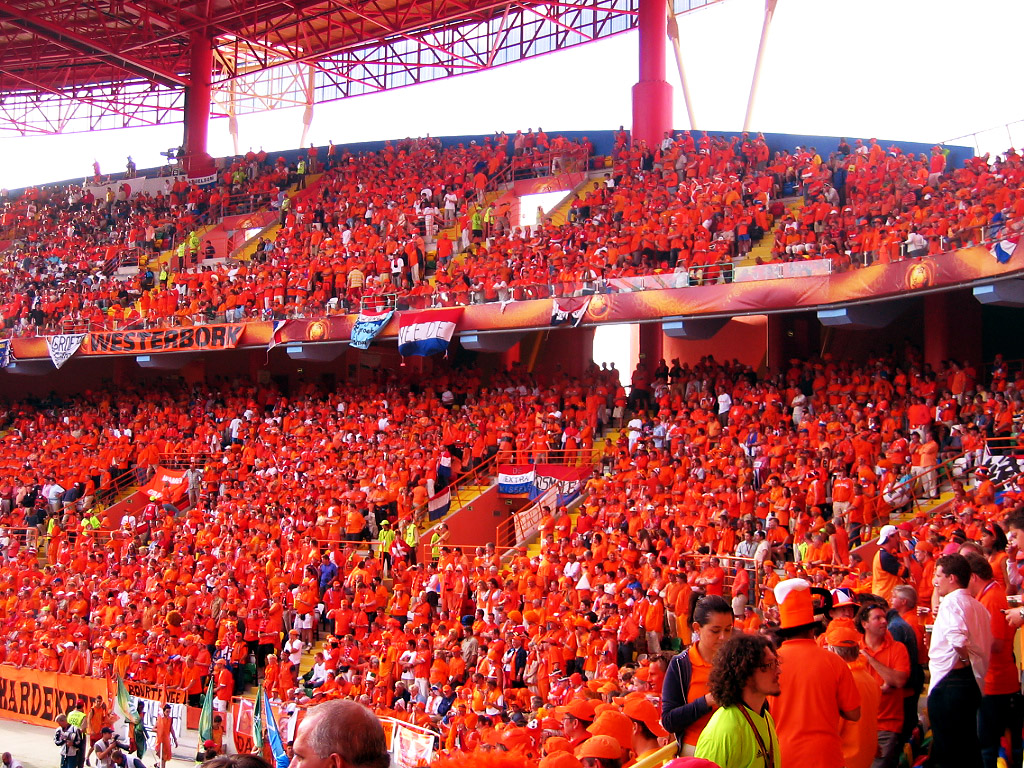

Who can disagree with ol’ blue eyes?
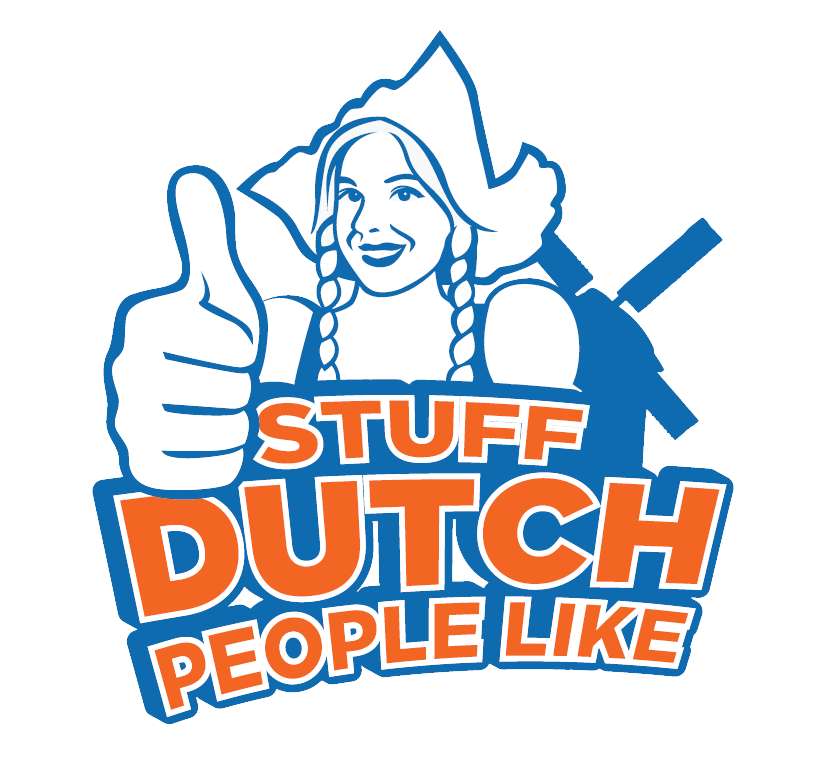


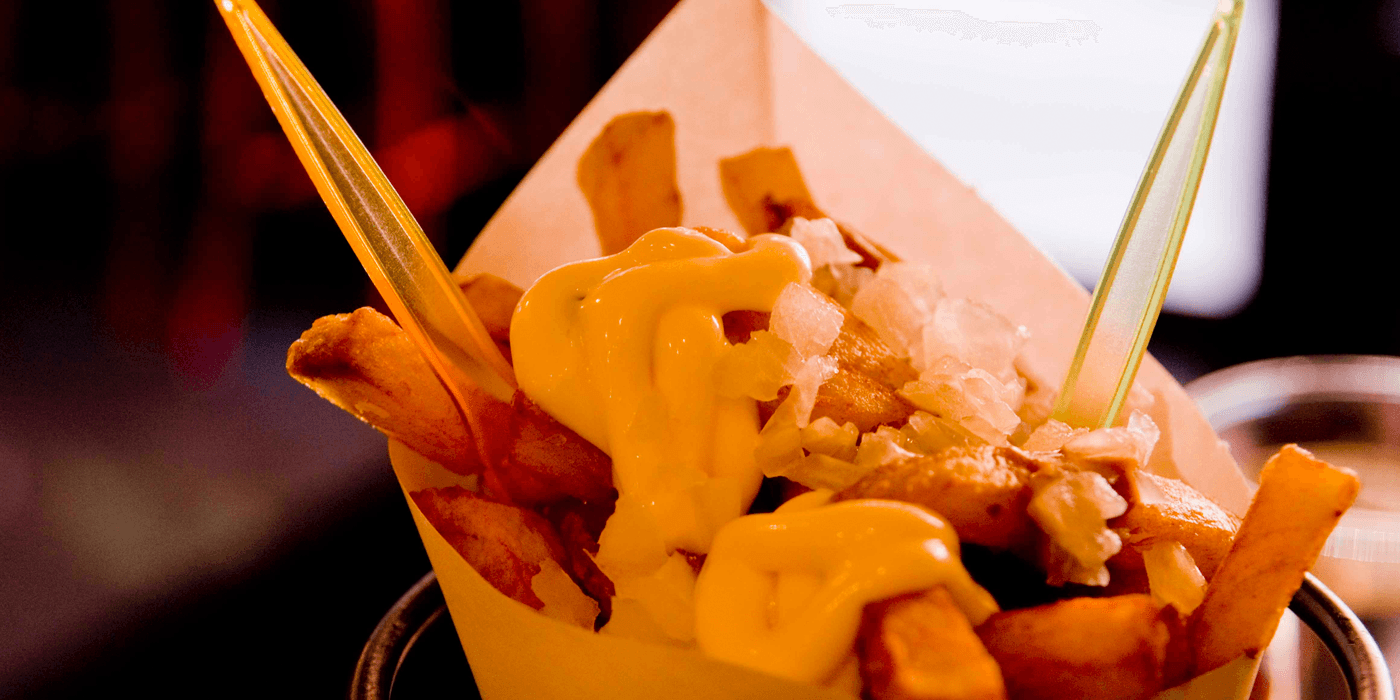
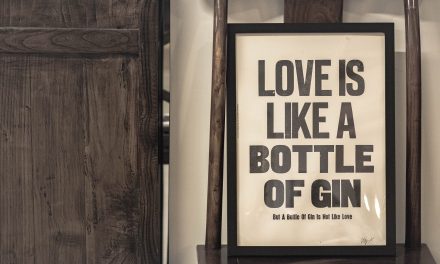
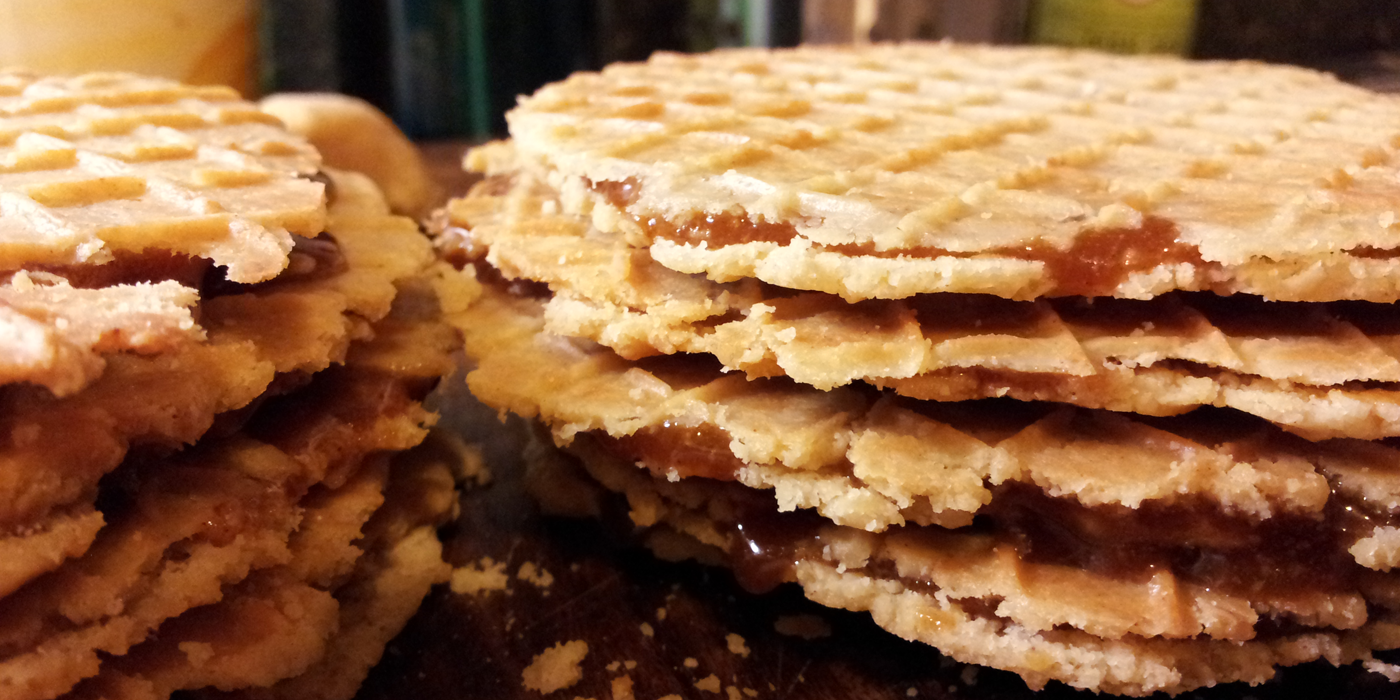
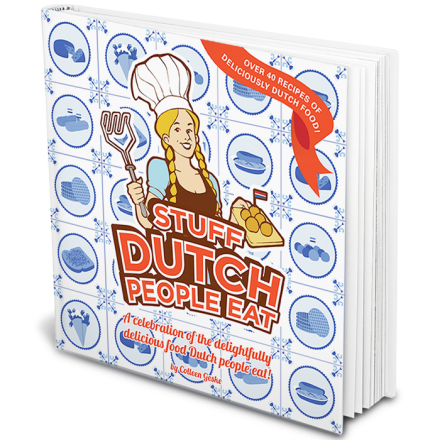
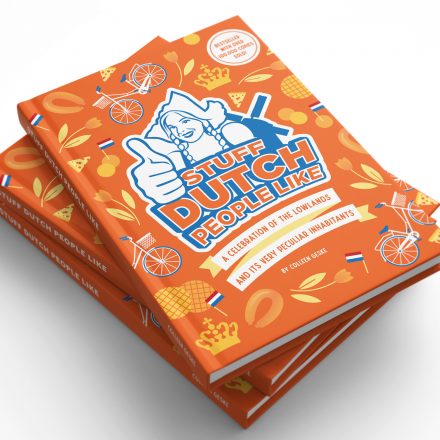

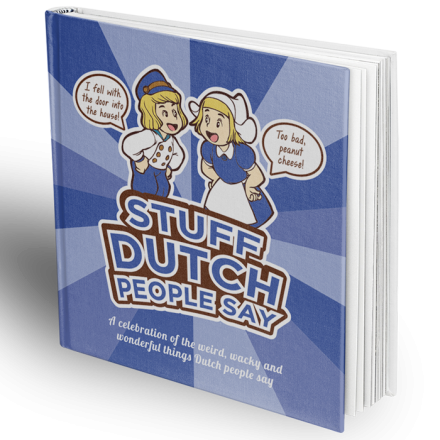
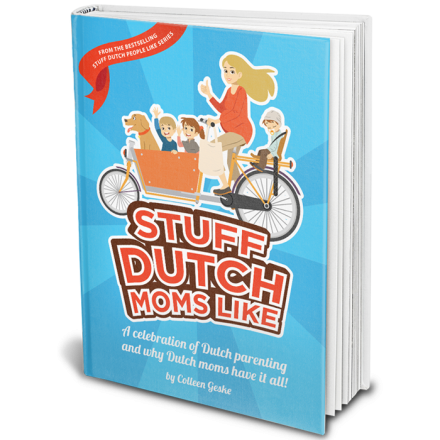
First of all, love your blog it’s really a refreshing read for a Dutchman.
I think the translation “Ben ik van Duitsen bloed” into “Am I, of German descent” is incorrect and only furthers the confusion some have with distinguishing between the Dutch and the German who speak Deutsch.
“Duitsen”, in the time it was written meant, a whole different place than what is now known as Germany. “Duitsland” could be roughly translated to “of the people”.
Seeing that I’m not a historian I will not try to reproduce my wikipedia-found knowledge. As far as I can tell “van Duitsen bloed” refers to “de 17 provinciën” which later seperated into Dietsland (The Netherlands and Flanders) and Deutschland (Germany).
Ofcourse,Dutch, Diets and Deutsh are related words. Their meaning has shifted. Diets were a group of Middle European languages in the Middle Ages. Germany and the Netherlands did not yet exist. So ´van Duitse bloed´ means simply: people belonging to a certain language and probably of the same ´blood. Diet´ /di:t/, means people. So the above is probably very close to the right explanation.
Thank you for that info. Excellent!
That is true. But apart from that, our William was born a son of the count of Nassau, in Dillenburg castle in Hessen, Germany. So he is also of German blood.
Willem was German. sorry not sorry.
He is right tough, willem van nassau was german but grew up here in the netherlands as ordered by Fillip from spain.
*upvote*
I reckon it’s more likely to translate to ‘Germanic’.
True …and some will sing ben ik van dietsen bloed what means that you are one of the people (volk … )
The family of ORANGE DO have German roots ….. .
‘diet’ — volk what means the people
I’ve heard that when the English came to the Netherlands they thought they were in Germany (Deutschland in German) so:
Deutsch -> Dutch
Damn near every royal house in Europe was of “Duitsen Bloed”, including the Russian czars and the current UK royal family.
Officially it is Dietsen blood.Diets is a form of lower Diets. It doesn’t exist anymore and is transformed in to Dutch and German. However higher Diets is transferred in to German and Dutch. Saying it is Germany isn’t completely right. The German language that is spoken in Germany is higher German. In Switzerland is Lower German. The Swiss German is closer to Diets than the higher German. About the orange flag: officially it is never been orange white blue. However unofficially it is used some times in the past in certain periods.
I made a big mistake: Switzerland should by Austria
Although our national flag isn’t orange anymore, if you pay close attention on the 30th of april, you will see an orange pennant (smal flag) together with the flag. This represents the royal House of Orange-Nassau. And therefore it’s only appropriate to add the pennant on the celebration of the Queen’s birthday (and when there is a birth in the royal house). So the colour orange represents the Queen and the fatherland, that’s why we wear it on Queen’s day and other occasions having to do with the fatherland, like sport matches.
Wikipedia says the usage of the pennant is typically Dutch and it was done like this, because it was too expensive to reintoduce the old orange-white-blue flag. As always, we’re a frugal people.
Have fun dressing in orange on Queen’s day!
Don’t forget the fact that we still have the “prinsenvlag”, witch is the name of the orange-white-blue flag today, and is still used, although it’s mostly fallen out of favour after anton mussert used it with his political party called the nsb, during the second worldwar.
And the use of an orange-white-blue (and a bit of green) flag by the apartheid government in South Africa also did not add to the popularity of it.
Just wanted to mention that the flag of New York City is actually based off of the colors of the old Dutch flag.
http://en.wikipedia.org/wiki/Flags_of_New_York_City#mediaviewer/File:Flag_of_New_York_City.svg
Well, Geraldine, have you got it wrong! The flag you describe had nothing to do with apartheid and was in fact the flag of the Boer Republics that long preceded the apartheid regime.
Before New York the city was called New Amsterdam, so that is why the colours are from the old dutch flag
Although we may come across as slightly crazy wearing so much orange, we are always happy and everyone is welcome to join in (tourist always say everyone is very jovial on Queen’s Day).
Also we have great accessories such as the brulshirt, Trom-Pet, Energy-shirt, Pletterpet and Orange lederhosen with lion’s tail (see here: http://www.meemetoranje.nl/?s=prullaria). I love our collective craziness when it comes to national celebrations.
You guys should put the orange stripe back on the flag. Red, white and blue is overdone. Orange, white and blue would be cool.
As far as I know, the Dutch flag was the first flag to have such a design (three great white bands) in the world – and all others have been inspired by it. Legend has it that in fact the Russian flag is the way it is because Tsar Peter admired the Dutch Republic so much, and chose its design in honour of the Dutch Republic.
My mistake – should have been three wide bands of a single colour, rather than three white bands…
it`s an age-old debate between the loyalists (republicans) and the royalists. Officially the orange wimpel should be flown over the driekleur (tricolor). You can recognize republican sentiment when the wimpel is flown under it.
@John
Orange, white and blue once was the Dutch national flag, but was misused in the second World War by the NSB a local Nazi party. So it would be quite controversial to propose to revive the “Oranje-Blanje-Bleu” flag.
Actually suprised that none of the dutchies remarked this earlier:
The sentence in the Dutch anthem:
“Ben ik vrij, onverveerd” shouldn’t be translated as: “Am I, free and fearless”
but as:
“Am I, free and without allegiance”.
Which causes the next sentence to make more sense as well.
This is probably the most important sentence in the anthem, so much so that a resistance newspaper in the second world war (“Het Parool”) used it as its motto (and does so until this day).
the general assumption is that the word ‘onverveerd/onvervaard` means ‘fearless’, or ‘dauntless, undimayed, unflinching, resolute’ (source: Van Dale groot woordenboek Nederlands-Engels).
The translation of the national anthem is incorrect.
The sentence “Am I, of German descent” should be: “Am I, of Duitsche blood/descent”
Duitsche here does not refer to the germans, but refers to an old germanic word ‘dietsche’ and means ‘own people’ (eigen volk). And ofcourse the name for the country Duitsland also originates from this word.
p.s. loving your site!
Sorry… I hadn’t read all the comments before posting my reply…
It seems someone else already corrected you.
It is my understanding that after the 80-year Spanish occupation Holland was again occupied by a foreign nation, i.e., in this case by France during the Napoleon era. To better control the extended empire Napoleon named his brother Louis, king of Holland, to oversee the newly acquired land. At that time the color orange became red to pair the tricolor flag with the French. After regaining independence in 1813 both color flags were commonly used, but after awhile the red-white-blue was generally given precedence.
Nice theory and my compliments for your knowledge of Dutch history. It could not be completly true though. in the 17th century the red-white-blue flag was already in use. One can see this for instance on 17th century paintings. Take for instance seabattle paintings (there is allot of flagshowing going on on those paintings, just google “zeeslagen 17e eeuw”).
One theorie have been left out. a rather pragmatic one. Back in the day they didn’t exactly have standardized RAL-colors. Certain batches of die just turned out to be a little bit more red than others or maybe red die was cheaper. The purpose of a flag was to distinguish one nation’s ship from another. It’s quite possible that later on historians came up with al kinds of exalted theories. It was not a big issue up to the 19th and espcialy the 20th century like mentiond in earlier postings above.
Queensday is not the celebration of the Queen’s birthday.. it is held on the birthday of the former Queen (Juliana), because Beatrix’ birthday is january 31st.. and therefore generally not considered a very good time of year to throw a nationwide bingedrinking party on the streets of every city..
Don’t forget Queensnight is even a bigger party, especially every 5 years. Cus’ that’s the only time Queensday is an official day off for everybody. Gotta keep that productivity up… 😉 Of course government employees are free every year… 😀
dietsch is also the language that was spoken in the low countries back in the day and the English called the people that spoke that language Dutch. It very easy to see DieTsCH DuTCH. The orange is still used in the royal flag to this day. Then some stupide fact about the dutch vlag. The colors and shape of the flag are not descript in Dutch law the only reference of the schape and color was given by Queen Wilhelmina: Oranje-Blanje-Bleu which are the colors of Luxemburg with was part of the kingdom of the Netherlands long ago
Actually, the people who say that ‘Duitschen’ means Dutch instead of German are wrong, it does mean German. Why? Because the anthem is about Wilhelmus van Nassau, who was born in what is Germany and because back then, there really wasn’t much of a difference between Dutch and German.
For some reason my fellow Dutchmen like to twist and forget our own history; Our language comes from German, we were under German rule and were exactly the same as the Germans for ages, Wilhelmus was German, and even our royal family in these times is full of German blood (Prins Bernhard and Prins Claus). Almost every Dutch person has German ancestry.
We have always had extremely good relations with the Germans and Germany until Hitler ruined it, but now the more unintelligent Dutch people hate Germany just because they don’t understand their own ancestry and history.
Our language does not come from German. It is a Germanic language, just like German. There is a difference there.
And I also disagree on your last statement, I don’t think people still hate the Germans. It’s more like a sibling kind of thing, where we kind of tease each other (I always thought it was a one way thing, but since I moved to Germany, I found out they have quite a lot of jokes about us as well), but without any actual harm intended. Sort of like what we have with Belgium, but then with us Dutchies in the role of the smaller, younger sibling 😉
I am Dutch and I can tell you that “Ben ik van Duitschen bloed” has to be dutch, but it has nothing to do with German.
‘Duitsch’ comes from the old Dutch word called ‘Diets’ which is related to the English Dutch and the German word Duitsch.
Diets revers to the Middle Dutch area of what is now the lowlands.
Diets comes from the Dutch word ‘Diet’, which means ‘the people’.
So what it actually says is “Am I of the people’s lineage”, since ‘bloed’ or ‘blood’ can refer to the history of a ‘family’. The family here being the people within the lowlands who have driven off the Spanish with Willem of Oranje.
http://nl.wikipedia.org/wiki/Diets
http://en.wikipedia.org/wiki/Middle_Dutch
Well said, sir.
You are right! Even Emma, the mother of Queen Wilhelmina was German, and loved by the Dutch People! She was not really a Queen, regentes in till Wilhelmina was 18 and became the Queen. we are one tribe, Dutch and Germans.During the war, the Netherlands have been neutral ! But Hitler, who was no German, he was from Austria,, needed our country on his way to Great Britain. It was a bad time in the history of both countries! We should not forget, but generations changed! So its better to be good friends in future!
1) isn’t it true that some members of the royal family fled to Germany during the 80 year war
2) now we have a pretty good relationship with the Germans, both millitairy and civilian
The other Dutch Orange connection lies with the color of carrots.
The modern orange carrot was developed and stabilised by Dutch growers in the 16-17th century, evidenced from variety names and contemporary art works. (Art pages start here). A tale, probably apocryphal, has it that the orange carrot was bred in the Netherlands in the seventeenth century to honour William of Orange. Though the orange carrot does date from the Netherlands in the sixteenth century, it is unlikely that honouring William of Orange had anything to do with it! Some astute historian managed to install the myth that the aboriculturists work on an unexpected mutation was developed especially to give thanks to King William I as a tribute to him leading the Dutch revolt against the Spanish to gain independence from Spain. There is no documentary evidence for this story!
onverveerd: not bounced
Dutch did not evolve from the German language, it is exactly the other way around. In the early years of the Dutch language most people in the Netherlands and western-germany spoke a dialect called Neder-Duits. Which was a combination of eastern Dutch en German dialects. Off course in those times (middle ages), the Netherlands was part of the holy roman empire (combination of different german, austrian and dutch kingdoms under the rule of one emperor).
Dutch evolved out of the Neder-Duits language, while this language in it’s turn was replaced in germany bij the High german dialect. Which is in fact the language the Germans speak today.
In our national anthem of Duitsen bloed means of common decent, Not from germany. Duitsch meant the same as ‘volks’.
I think in fact that dutch people hate orange.. you’ll never see anyone wear orange besides events like queens day or football matches
Well, I think in the Netherlands, it is such a distinctive color, i.e. always associated with a special event, that if you wear it on a day that there is no event, that it looks kinda silly :-).
But also, orange is not a very flattering color on pale people so I guess that’s why we don’t wear it regularly. Cause when you’re drunk, everyone looks great. Even pale people in orange.
I think you are right Lexuss.
An interesting read about the DNA of the royal family who don’t seem to be as orange as you would think. Also some other facts about the royal family that make you think about it in a slightly different way. (I’m a dutch republican btw)
http://sp00kje.nl/2013/02/01/dna-koningin-bloedverwanten-hoe-staat-het-met-het-dna-van-de-oranjes/
Reblogged this on kwalitisme and commented:
🙂 As a Dutch Republican I don’t wear orange 😉
WE are americans but we proud that we born in the Netherland.Oh ,we like orange
The red white and blue color combination represents freedom(hence why so many flags have this combination.) The dutch broke free from the spanish in 1648, and changed the orange into red. they did keep the orange banner though, in honor of the Oranje family
Also worth noting is that the Dutch love orange so much that they bred the first orange carrots (to honor the house of Oranje). Before that, carrots were other colors, like yellow and purple.
Enjoyed your post and referenced in a post I just released about Amsterdam. Your writing is very entertaining!
Willem van Nassau inhereted the Princedom of Orange in France in 1544 when his nephew Rene of chatillon died. Hence Willem van Oranje
There is an explanation why orange became red.
At a certain point in dutch history (i dont know wich one annymore i will have to grab my history books for that) You had 2 camps, the one favouring royalty and the one favouring a republic.
The royalty one had the orange white blue flag the republic one the red white blue one.
You can kinda geuss who won
“In 1815, after a long period as a republic, the Netherlands became a monarchy” isn’t exactly right. The Netherlands was already a monarchy under Louis Napoleon from 1806-1810. In fact Louis Napoleon was the first king in the history of the Netherlands. The name of the state at that time was Koninkrijk Holland, which was a vassal state founded by Napoleon Bonaparte for his third brother Louis Napoleon Bonaparte, who actually didn’t do a bad job. He was trying to understand the dutch. His big (sic!) brother did not like that and called him back home in 1810, making a French province of the Netherlands, which it stayed untill 1813.
I sure have enjoyed this blog. Was trying to talk to a Kindergarten class about the House of Orange. I do not know if I understand it better, but know a lot more about that House of Orange 🙂
I always wondered why my favorite color was orange, probably because I’m half Dutch!
don’t forget to mention the orange carrots in your story, thats how much we love it, we infect the whole world with the colour orange 🙂
http://theconversation.com/explainer-why-are-carrots-orange-20646
Orange has connection with the royal family Oranje-Nassau. In 1544 Willem van Nassau inherited this city from his nephew René van Chalon and he became prince of Orange (France). Orange refers to this city
Good article, but…. 2 facts are wrong.
1. The flag, the original flag was also red,white and blue, but at 1500-1600 the colors pale, when they leave The Netherlands it was, red, white and blue, but the sun made it, orange, white and blue when they arrive at Indonesia.
The original orange, white and blue was “de prinsenvlag” not the original dutch flag.
2. The national anthem, “van duitsen bloed” was original “van Duytsen bloed” what means: dutch blood.
I grew up in a small town in Iowa settled by 4 Dutch immigrants called Orange City. It’s very, very Dutch (the high school band even marches in Dutch costume with wooden shoes) and it was always fun explaining to people why the town was named that way with no orange groves in site.
What about the part that his family strives from the principality of Orange, in the south of France (kind of their own Monaco). And were kicked out with the introduction of Protestantism?
Just to make it all a bit more confusing; Oranje (Orange) originates from the sovereign state of Orange in the south of France. The city of Orange still exists and bears the historic memories of the name. http://www.oranjebond.nl/infoburo/veelgestelde-vragen/51-waar-komt-de-naam-oranje-nassau-vandaan
as no theory at to Red has been proven I will put forward my own theory. It is based on the fact that it coincided with 1648. If you look at a lot of South American Flags they use the colouring to represent their history, blue… Sea, Yellow Liberation and Red links to Spain. Maybe the red is a recognition of Spain (who went on to be allies in 1672 and the Rampjaar.. Just a thought.